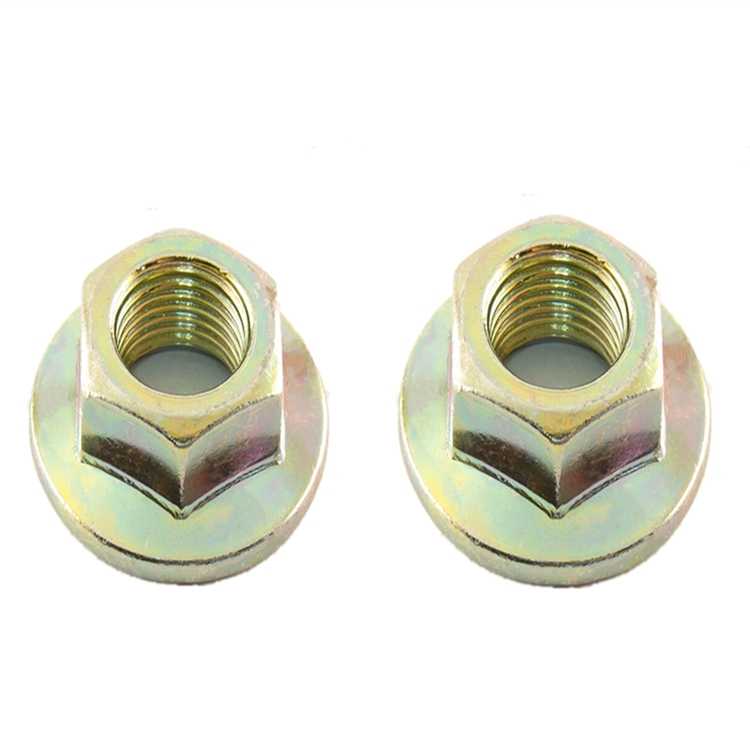Alternative Fastening Solutions for Joint Bolts in Mechanical Applications
Oct . 02, 2024 23:08 Back to list
Alternative Fastening Solutions for Joint Bolts in Mechanical Applications
Understanding Joint Bolts Essential Components for Structural Integrity
Joint bolts, also commonly referred to as connection bolts or coupling bolts, are critical fasteners that play a vital role in various engineering and construction applications. These bolts are specifically designed to securely connect or join two or more structural elements together, ensuring stability and integrity in the overall design of the structure.
One of the primary functions of joint bolts is to transfer loads and stresses between connected parts. This is particularly important in industries where safety and durability are paramount, such as in construction, automotive, and aerospace engineering. The ability to withstand various forces, such as tension, shear, and torque, is what makes joint bolts indispensable in these sectors.
Joint bolts come in various types and materials, allowing them to be tailored to specific applications. The most common material used for manufacturing these bolts is steel, due to its strength and resistance to deformation. However, for particular conditions such as marine or chemical environments, stainless steel or other corrosion-resistant materials may be preferred. Additionally, joint bolts can be found in various sizes and grades, which determine their load-bearing capacity and suitability for specific tasks.
joint bolts

The installation of joint bolts requires precision and attention to detail
. Proper torque specifications are critical to ensure that the bolts are tightened securely without risking damage to the materials being joined. Over-tightening can lead to deformation, while under-tightening may result in joint failure during load application. Therefore, engineers and technicians use torque wrenches and other tools to achieve the recommended specifications, ensuring a reliable connection.Moreover, the design and arrangement of joint bolts in a structure can significantly influence its overall performance. For instance, tension and shear forces need to be carefully considered when determining the placement and number of bolts required to secure a connection adequately. In many cases, engineers employ specialized software to simulate stresses on the bolts and predict how they will behave under various conditions.
Joint bolts also play an essential role in maintenance and inspections. Over time, wear and tear or environmental factors may affect the integrity of the bolts. Regular inspection is necessary to identify signs of corrosion, loosening, or failure. Replacement or tightening of joint bolts is a preventive measure that can extend the lifespan of the structure and ensure its continued safety.
In conclusion, joint bolts are essential components that ensure the stability and durability of numerous structures and mechanical systems. Understanding their types, materials, installation methods, and maintenance is crucial for engineers and builders alike. As technology advances, the design and applications of joint bolts will continue to evolve, further enhancing the safety and performance of engineered systems.
Latest news
-
High-Quality Panel Stud Bolt Reliable Panel Stud Bolt Factory & Suppliers
NewsJul.08,2025
-
High-Precision Fine Thread Locknuts Manufacturer & Supplier Custom Solutions
NewsJul.08,2025
-
PH Imperial Stud Bolt – High Strength Fasteners from Leading Supplier & Factory
NewsJul.07,2025
-
High-Quality Allen Wrench Bolts Leading Factory, Company & Suppliers
NewsJul.07,2025
-
Wholesale Ball Stud Bolt - High Quality Supplier & Factory Price Reliable Wholesale Ball Stud Bolt Company
NewsJul.06,2025
-
High-Strength Alloy Bolts Manufacturer & Supplier Quality Alloy Fasteners Factory
NewsJul.06,2025
